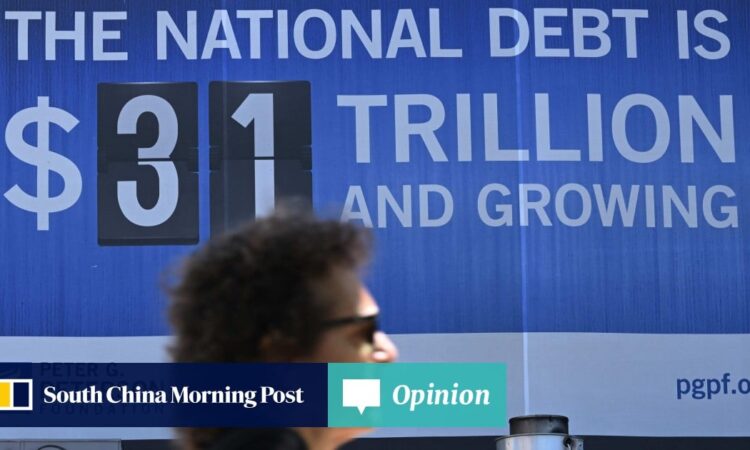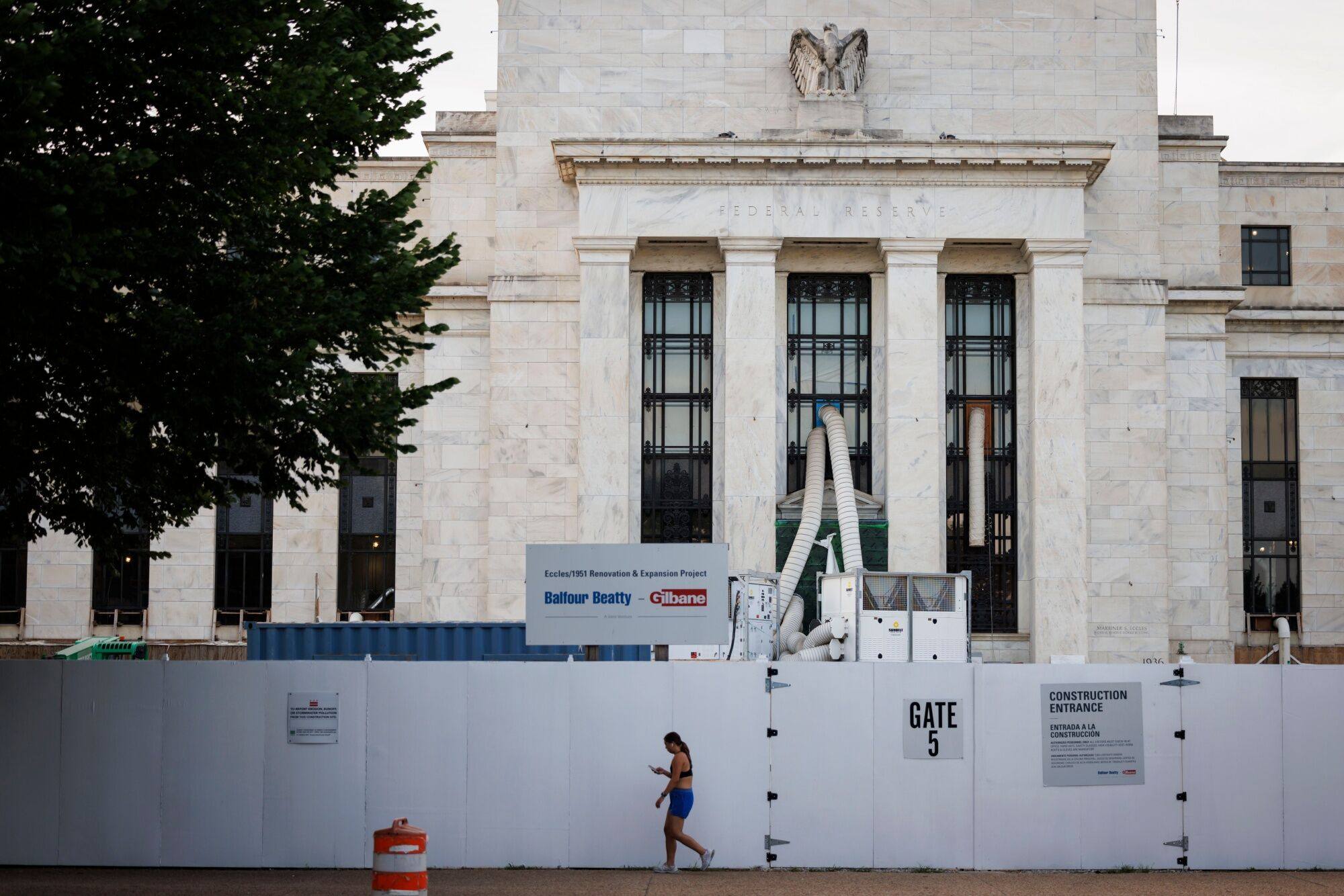
Most explicit was the Financial Times’ front-page lead of June 22 warning of a “US borrowing binge”. The article noted that the United States “will be forced to fund a massive increase in its budget deficit with short-term debt,” with consequences for money markets and inflation.
“We are spending money as a country like a drunken sailor on shore for the weekend,” it quoted Ajay Rajadhyaksha, global chair of research at Barclays, as saying. That is precisely the kind of comment that plays into market fears, especially during a politically charged pre-election period.

Likewise, Gerald F. Seib wrote on June 21 in a Wall Street Journal commentary that “America is cruising into an uncharted sea of federal debt with a public seemingly untroubled by the stark numbers and a government seemingly incapable of turning them around”. The Washington Post editorial board wrote on June 20 that the US “will soon break a record that has stood for 78 years”, but because it has to do with federal debt, “this is not a cause for celebration”.
It is not just media commentators anxious to find something to write about who are bringing up US debt issues. The US Congressional Budget Office – an independent watchdog that produces analyses of economic issues to support the budget process – has raised its forecast for the US deficit to US$1.9 trillion in the current financial year, against US$1.5 trillion forecast in February.
Why? Unlike a stock market crash, real estate market slump or even a banking crisis whose impact can be contained, even if it results in financial trauma, a US debt market collapse would be akin to the failure of the central nervous system of global finance.
In the words of the Securities Industry and Financial Markets Association, the US Treasury market is the “largest and most liquid bond market on the planet”. It is “a bedrock of the global financial system” where there are US$27 trillion of US Treasuries outstanding.
If the record amount of US government debt being issued now is not something to be proud of, neither is it something to be ashamed of, some would argue. One of those is Paul Sheard, a former Harvard scholar and vice-chairman of S&P Global. In personal comments to me, Sheard noted that the fact that the US or any other government “has to borrow in order to run a deficit is an artefact of the way (for good reasons) society has arranged monetary and fiscal institutions.
“At an underlying fundamental level, it is the other way round. The government in fact creates money when it runs a deficit, and when it issues government debt securities it turns that money into a different form. At a very macro level, government deficits are always self-financing.”

That is a somewhat sophisticated argument that might not find ready acceptance or comprehension in the everyday rough and tumble of debt markets. But more people will agree with him that it is the US government’s job to effectively rein in inflation.
The more pertinent issue, he said, is that the Fed has missed its inflation target on the upside for more than three years now. This suggests that monetary and fiscal policy both need to be tightened to restrain demand and lower inflation.
“The important issue is not whether or not the federal government can finance its budget deficit – it can always do that – it is whether the fiscal policy stance is appropriate given inflationary pressures in the [US] economy,” he wrote. Either way, the US needs to put its house in order before it burns down and markets melt down.
Anthony Rowley is a veteran journalist specialising in Asian economic and financial affairs






